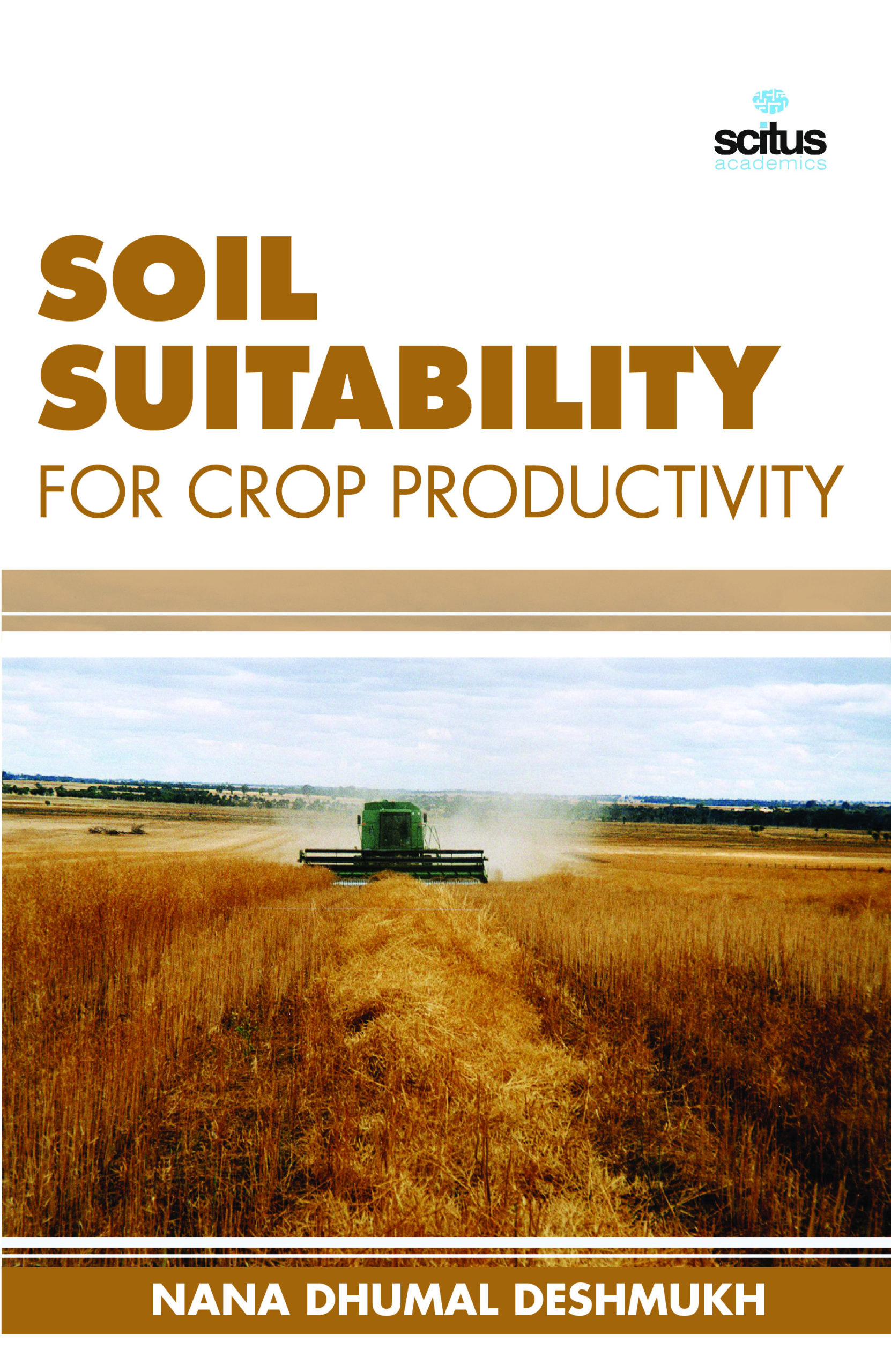Successful crop management relies on selecting suitable crops to the type of soil present in that region. Most of crops prefer well drained medium textured soils with optimum physical properties and neutral pH. Alluvial soils prevails in river basins and deltas suits well for cultivation of rice, maize, groundnut, sugarcane, sunflower, cotton etc. Crops such as cotton, sorghum, millets, pulses, are predominantly grown in black soils which are having workability limitations. The Land Suitability Classification is a soil evaluation method, developed by FAO. FAO stated that Land suitability is the fitness of a given type of land for a defined use. The land may be considered in its present condition or after improvements. The process of land suitability classification is the appraisal and grouping of specific areas of land in terms of their suitability for defined uses. Land suitability Classes reflect degrees of suitability. The classes are numbered consecutively, by Arabic numbers, in sequence of decreasing degrees of suitability within the Order. Within the Order Suitable the number of classes is not specified. There might, for example, be only two, S1 and S2. The number of classes recognized should be kept to the minimum necessary to meet interpretative aims; five should probably be the most ever used. Most of the plant species need well drained, moderately fine to medium textured soils, having optimum physical and chemical properties. Soil resource maps, based on such parameters, can aid in predicting the behavior and suitability of soils for growing different crops and forest species, once the suitability criteria for each crop is established. Providing suitable drainage facilities are mandatory in waterlogged areas which also alleviate the further problems like salinity and sodicity. Since these soils are deficit in N and P, incorporation of green manures, application of organic manures, improves the soil fertility levels.













